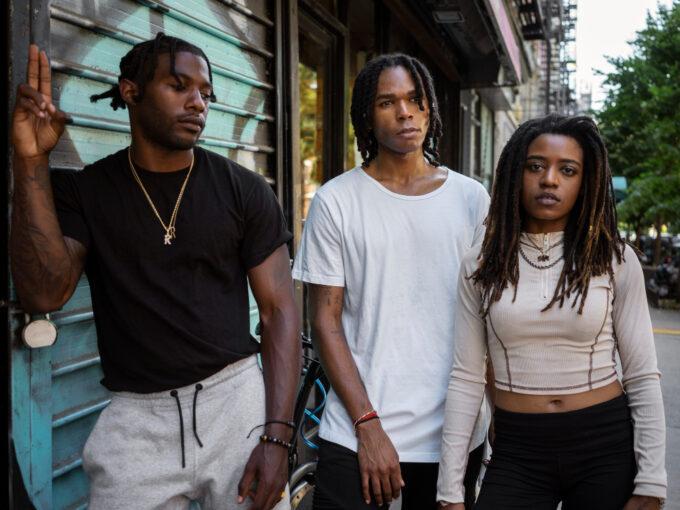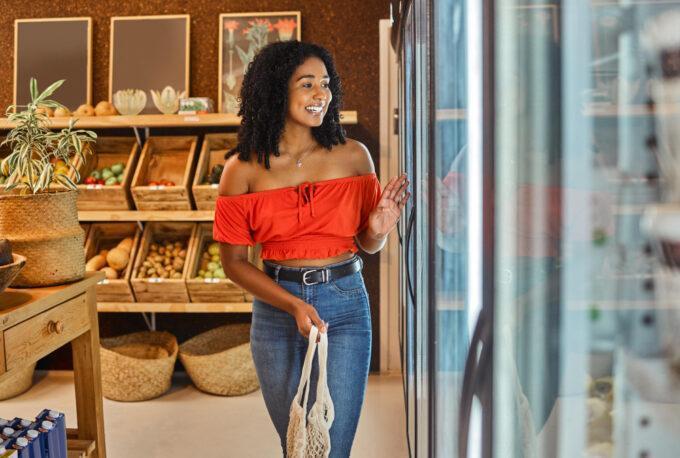The True Cost of Valentine’s Day in 2025: Love Ain’t Cheap, But Is It Worth It?

It’s that time of year again—hearts, flowers, overpriced prix fixe menus, and the looming pressure of making the day special. Valentine’s Day 2025 is here, and whether you’re boo’d up, single, or “it’s complicated,” there’s one thing we can all agree on: love is expensive.
But just how much are people spending this year? And more importantly—is it even worth it? Let’s break down the real cost of February 14th, from the dollars and cents to the emotional tax that comes with it.
Running Up the Tab: What’s the Damage in 2025?
According to the National Retail Federation, Americans are expected to drop a staggering $27.5 billion this Valentine’s Day. That’s up from $25.8 billion last year—because, apparently, inflation didn’t get the memo that love is supposed to be free.
Let’s Talk Numbers
On average, folks will shell out $188.81 on their Valentine this year. But that number varies drastically depending on who you ask.
- Men are out here spending an average of $235.73, likely trying to prove that chivalry isn’t dead (or just avoiding the silent treatment).
- Women? A cool $119.57—because, let’s be real, a well-thought-out gift is usually more about the meaning than the money.
So, where’s all this cash going?
| Category | Total Spending |
|---|---|
| Jewelry | $6.5 billion |
| Dining Out | $5.4 billion |
| Flowers | $2.9 billion |
| Candy | $2.5 billion |
| Greeting Cards | $1.4 billion |
The real winner here? The jewelry industry—because nothing says “I love you” like a diamond pendant that might set you back a month’s rent.
Swipe Now, Cry Later: The Hidden Costs
Beyond the obvious expenses, there are some sneaky, unexpected costs creeping into Valentine’s Day 2025.
- Credit Card Swipe Fees – Many retailers add hidden fees, increasing the cost of your purchase without you even realizing. (Because paying an extra $3 on a $75 flower arrangement is exactly what the holiday of love needed.)
- Inflation’s Impact – Nearly 40% of Americans say rising costs are making them rethink their Valentine’s Day plans. So, if you’re wondering why that once-affordable steakhouse now has a $125 per person prix fixe menu—it’s not just your imagination.
- The Emotional Cost – Let’s be honest, Valentine’s Day isn’t just about money. The pressure to make it special, the stress of getting the perfect gift, or the frustration of overpriced expectations can take an emotional toll, too.
The Love ROI: Is It Even Worth It?
Now that we know what we’re spending, let’s talk about what we’re getting for our money.
For some, Valentine’s Day is an opportunity to show appreciation, celebrate love, and create memories. For others, it’s a commercialized cash grab that pressures people into performative romance.
If you’re in a relationship, ask yourself:
- Is your partner’s love language gifts? If yes, go ahead and splurge a little.
- Would they appreciate a meaningful experience over something material? A handwritten letter or a home-cooked meal could mean more than anything money can buy.
- Are you stretching your budget for one day? If so, rethink the spending. Love should never put you in financial distress.
And for my single folks, let’s not act like this holiday doesn’t come with its own expenses—whether it’s a self-love splurge (hello, spa day) or an anti-Valentine’s outing with your besties. Either way, spending money doesn’t automatically equate to happiness.
So, What’s the Verdict?
At the end of the day, Valentine’s Day will cost you—whether it’s dollars, energy, or emotions. But here’s the truth:
💌 Love doesn’t have to be expensive to be meaningful.
💌 The best gifts are thoughtful, not just costly.
💌 A budget-conscious Valentine’s can be just as special.
So whether you’re spending $200 on a romantic dinner or $20 on some takeout and a cozy movie night, the most important thing is that your efforts feel authentic and appreciated—not forced or financially stressful.
Because at the end of the day, love should enrich your life, not empty your wallet. ❤️
Featured Listings
Why Women Should Date Multiple People — With Transparency and Honesty
Dating one person at a time often places women at an unfair...
Where to Meet Single Black Women: Everyday Stores That Double as Social Hubs
It all kicked off with a viral thread. Threads user Amil Barnes...
From Situationship to Something Real? Check the Signs.
We’re officially in the middle of cuffin’ season draft season. The summer...
10 Tips to Dodge Dating Disasters While Holding Out for Real Love
For Black millennials navigating the wild world of modern romance… Let’s be...














Leave a comment